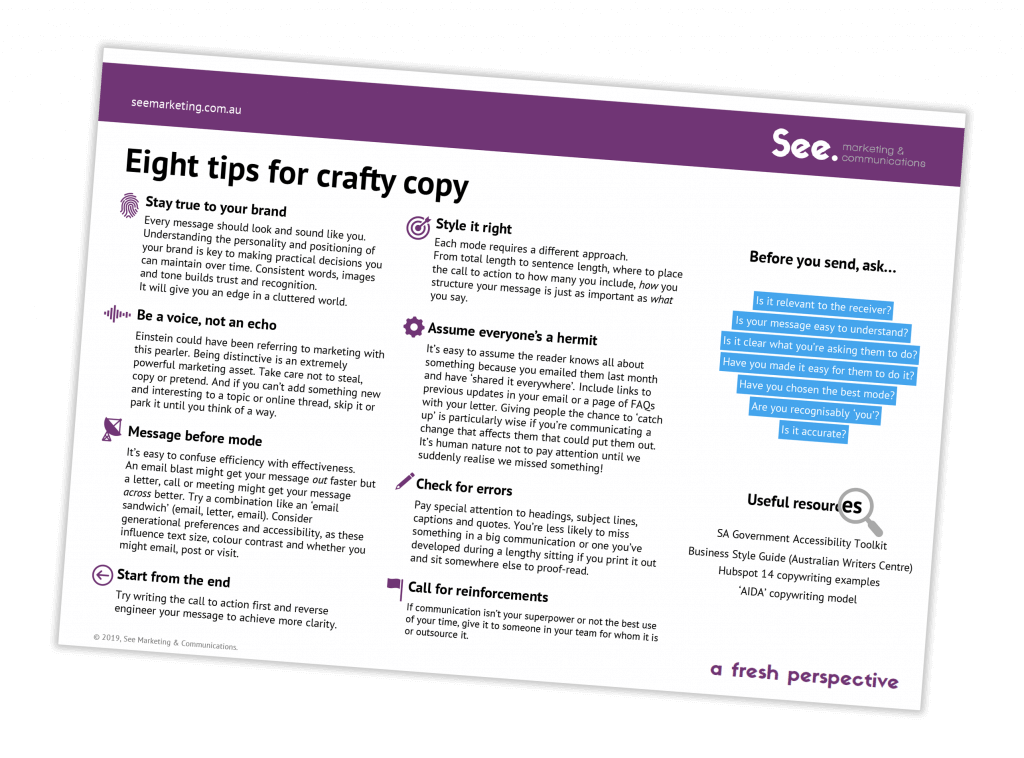Thinking of launching a second brand? Look before you leap.
Launching a second brand isn’t a decision to make lightly, given the time and money you’ll need to create, establish, and maintain it on top of your current business. Before you get carried away with enthusiasm, here are some tips to help you consider if launching a second brand is right for you.
Key points
- Evaluate Brand Fit and Audience: If the new offering targets a different audience or might confuse your current customers, a separate brand may be needed.
- Consider Resource Demands: Make sure you have the time, money, and energy to sustain both brands without compromising either.
- Protect Brand Identities: Avoid overlap or dilution by keeping each brand’s identity distinct and aligned with its unique value.
1. Evaluate brand alignment
No matter how big or small, your existing brand already holds a ‘position’ in the minds of others based on your type of offering, price, brand personality, customer experiences, and competitive context. Creating a new brand for your second offering might be worth considering if you can say “yes” to one of these:
- Your offering is for a different audience or market segment (buyer type).
- You will solve a different want, need, or obligation (category).
- Your current buyers would be confused if it appeared on your current business website (brand alignment).
Saying “yes” doesn’t necessarily mean you need a second brand, though. Sometimes, brand alignment can be improved with strategic thinking.
Example: Imagine you’re a finance broker who wants to start a community book exchange program. If you limit the program to books related to building and managing wealth, it becomes a way to extend your value to your network by connecting them more deeply to you and each other through education. With the right approach, this could be easily integrated into your existing website.
2. Capacity to resource both brands
Once you’ve worked out that a second brand makes strategic sense, it’s time for a practical reality check. When you started your current enterprise, you may have had more time and motivation to get it up and running than you do now. How confident are you that:
- You have the financial resources to do it well.
- You can add the second brand without dropping the ball on your first.
- You can sustain enthusiasm after the initial excitement wears off.
Launching and maintaining a second brand requires significant time and money—think two websites, two sets of promotional efforts, and unique customer communications. If the second offering is a passion project, you may be able to adjust your time and energy accordingly, but it’s important to know the commitment required.
3. Keeping clear boundaries
One of your biggest challenges with two brands will be setting and maintaining clear boundaries, particularly if you’re personally managing both. Think about whether you can keep each brand’s identity and message distinct without blurring the lines or confusing your audience. Each brand should have its own story, personality, and tone. How confident are you that:
- You can keep each brand’s identity clear and separate.
- You can build the new brand without diluting or weakening the existing one.
- You can communicate the relationship between the brands (if there is one) easily.
Consider, too, how the brands will interact. For example, if the offerings are very different (e.g., different product types, budget vs. luxury), cross-promotion may be limited. If they’re related, it’s important to clearly explain the relationship between them.
Example: See Marketing & Communications and The Accidental Marketer Australia are sister brands launched seven years apart. Both focus on marketing services, but with distinct audiences. See Marketing & Communications is a tailored “done-for-you” marketing advisory service for small to medium-sized businesses, specialising in marketing strategy, brand positioning, and planning. The Accidental Marketer Australia supports micro and small business owners who want to do their own marketing better but lack the strategic know-how to focus on what matters.
In Summary
Launching a second brand can open doors to new opportunities and audiences, offering an energy and momentum boost. However, it’s essential to weigh both strategic and practical considerations before diving in. By evaluating brand positioning, resource availability, boundary management, and the potential impact on your current brand, you’ll be better equipped to decide whether a second brand will enhance your business—or stretch you too thin.



